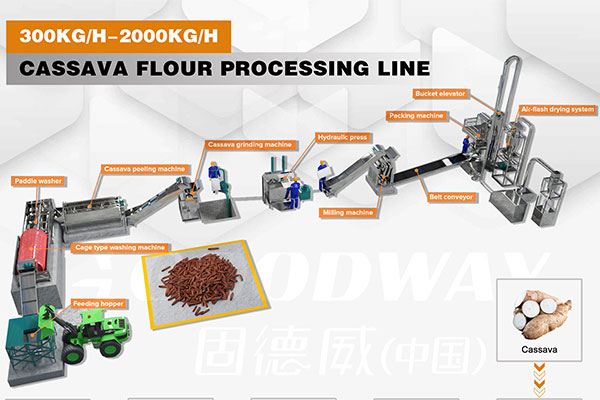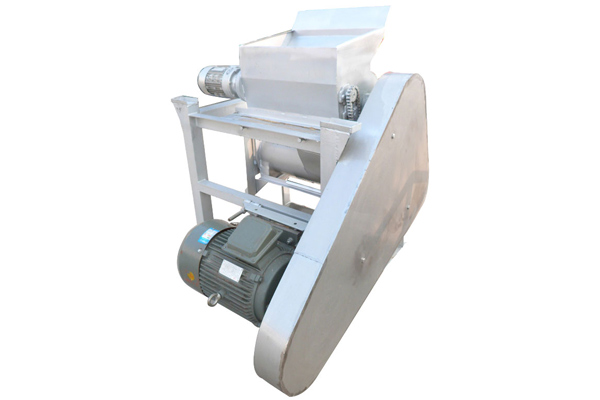Cassava residue is a by-product of the processing of cassava starch. When 100 kg of cassava produces about 25 kg of starch, 75 kg of sweet potato residue will be produced. These potato residues contain a lot of nutrients, but due to the low comprehensive utilization of by-products in the company, each year In addition to being used as feed, a large amount of cassava residue is discarded as waste and spoiled and acidified, causing huge waste of resources and serious environmental pollution.
In recent years, researchers at home and abroad have conducted various experiments on the use of cassava residues and achieved some results. Research and development have mainly focused on: dietary fiber extraction, microbial cultivation and utilization, applications in the pharmaceutical industry and materials industry, and in food And other aspects.
1. Extraction of dietary fiber from cassava residue
Cassava dietary fiber is one of the important functional components of sweet potatoes. The product category and properties of dietary fiber vary with different raw materials, and the different raw materials also lead to different separation methods. Scholars at home and abroad have extensively studied the separation and preparation methods of cassava dietary fiber. The main methods currently used are physical method, chemical method, chemical reagent-enzyme combination method and biotechnology method.
2. Application of cassava residues in microbial culture
The use of cassava residues instead of cottonseed hulls, wheat straw, wood chips, etc. as the raw materials for edible fungus cultivation, the results show that cassava residues can accelerate the growth rate of mycelium, shorten the mushrooming time and mushroom harvesting time. The sweet potato residue was used to cultivate the fungus that can use starch to obtain protein by solid fermentation. The results showed that after fermentation, the crude protein content obtained from the fungal mycelium was 32.4%, and the microbial biomass and protein yield were all improve.
3. Application of cassava residues in the pharmaceutical and materials industry
A new type of adhesive for packaging cartons with strong adhesion, uniform state, strong fluidity and strong water resistance was developed by using cassava residue through a series of reactions. Caramel color can be obtained by hydrolyzing cassava dregs using enzymatic method, atmospheric acid method and pressurized acid hydrolysis. The cassava dregs can also be developed into activated carbon fibers. After a series of treatments, the cassava dregs are developed into activated carbon fibers with a rich microporous structure and a large specific surface area, which can adsorb phenol in water.
4. Application of cassava residues in food
Cassava residue can also develop cassava dietary fiber drinks. The edible fungus is biodegraded and transformed into cassava residue to form a fermentation broth, and the liquid is used as the main raw material to prepare a delicious and healthy dietary fiber drink. The cassava residue dietary fiber can also be used for bread making. The high dietary fiber prepared by the enzyme method is added to the bread as an additive, and the production process of the cassava residue bread is obtained.
In addition, some people used Aspergillus niger solid fermentation cassava residue to produce calcium citrate, brewing liquor, and boiling dilute sugar. In general, researchers have conducted various studies on the effective use of cassava residues. However, apart from the use of cassava residues for the production of feed and biogas, most of the results are still in the experimental research stage, and the results of formal investment in mass production are still very few.
The efficiency of the cassava starch processing equipment is relatively high, and the daily processing of hundreds of tons of cassava is not a problem. If a large amount of cassava dregs can be used properly, it can also produce a lot of economic benefits.

 EN
EN
 fr
fr  es
es  it
it  pt
pt 










